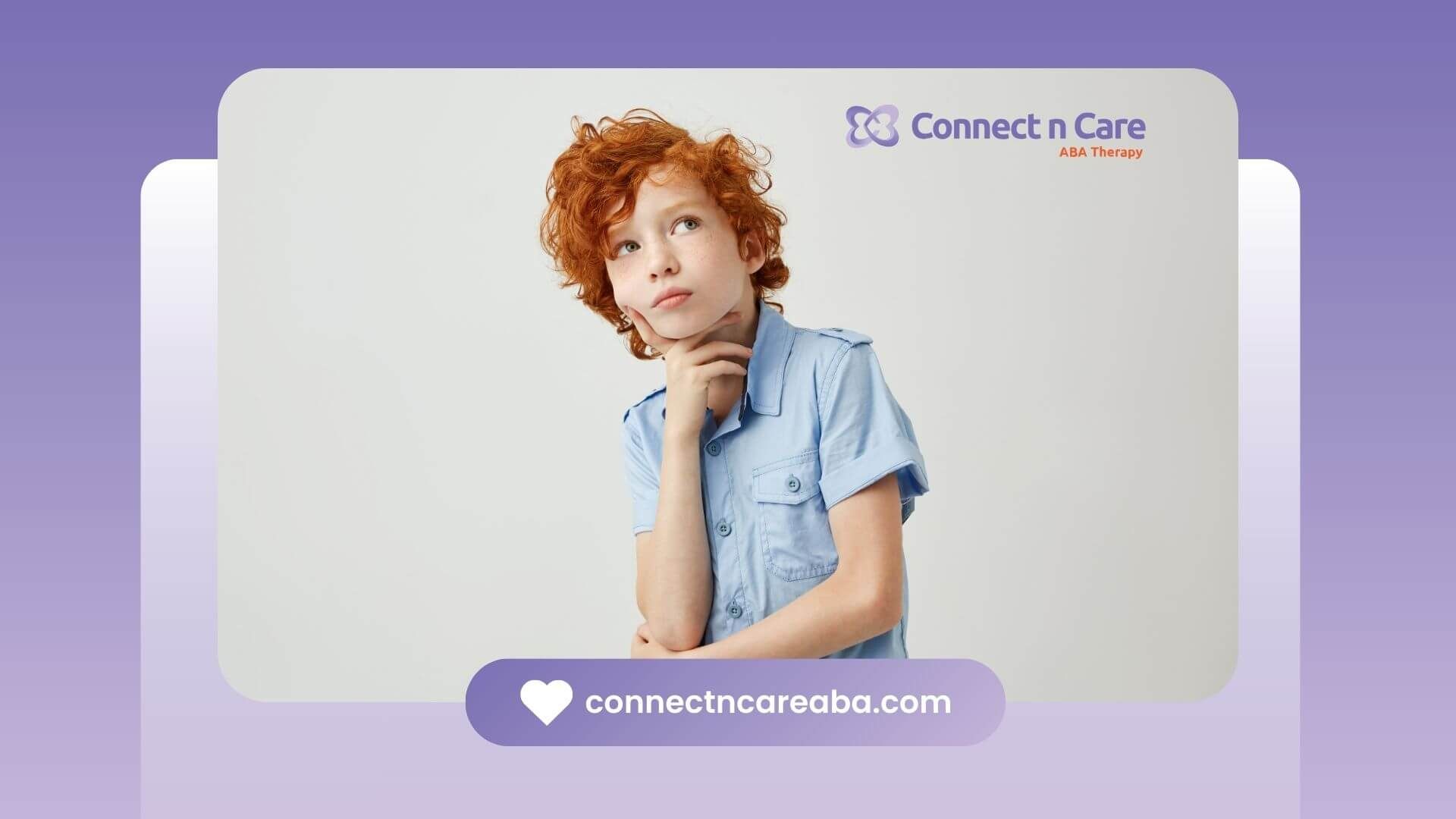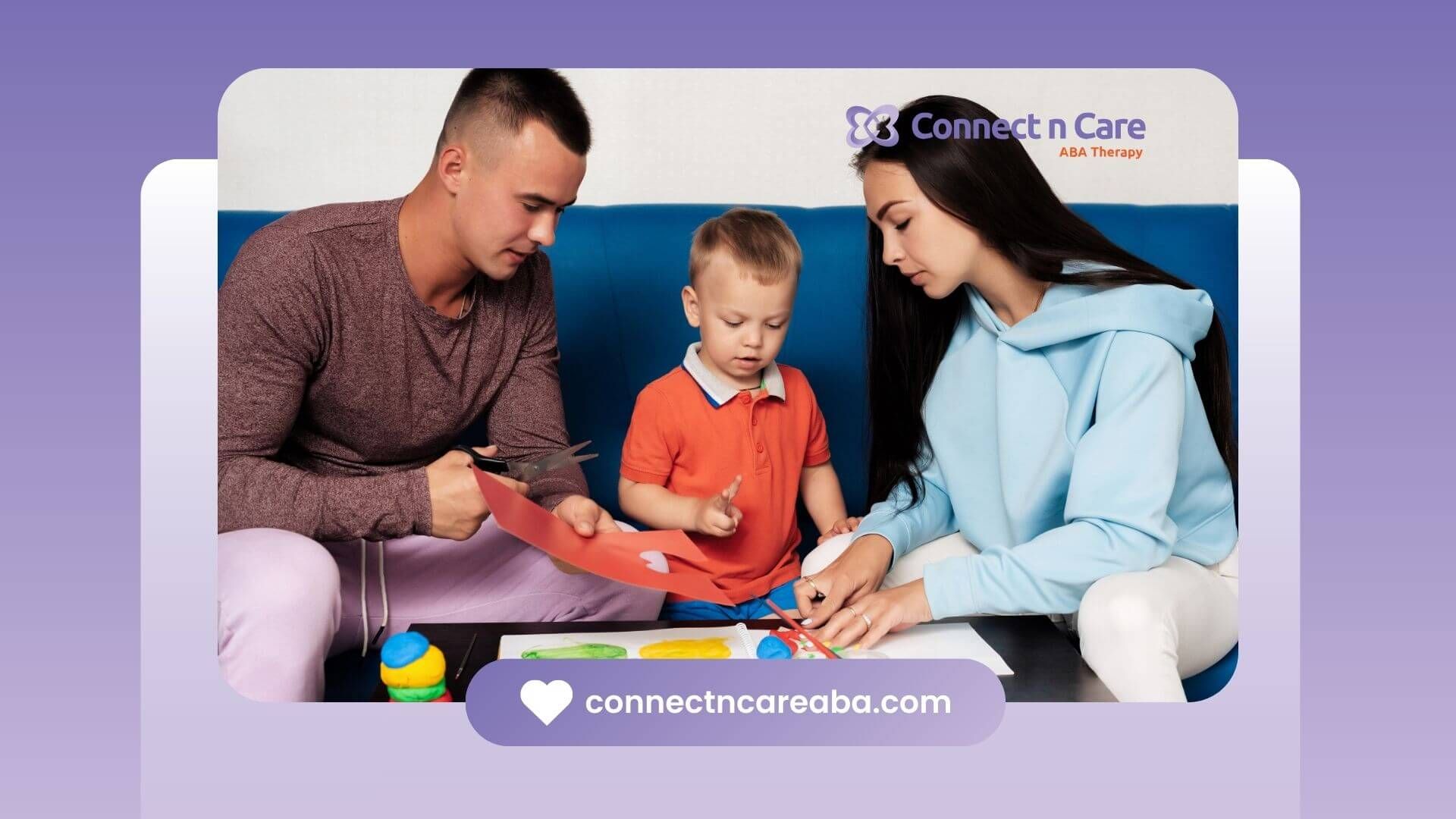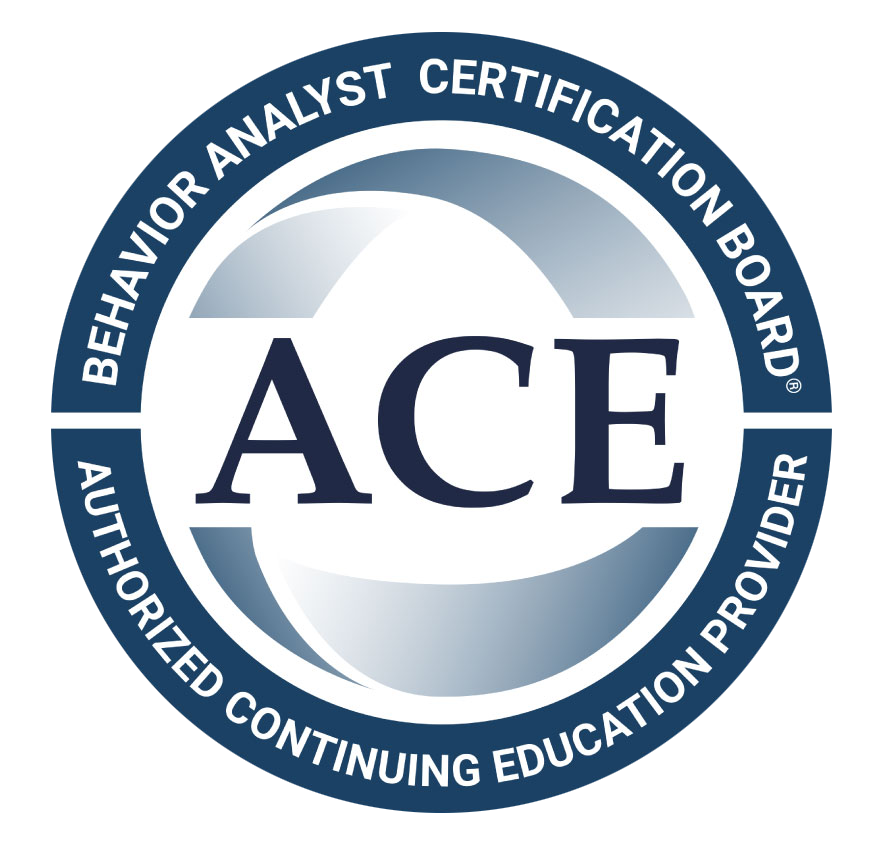ABA therapy in daycare settings offers children on the autism spectrum a unique blend of structured support and everyday experiences. Imagine a daycare where every art activity doubles as a chance to practice sharing or language skills, and every snack break becomes an opportunity to build self-regulation. This integrated approach helps children develop social, communication, and behavioral skills in a natural environment.
This article explores how Applied Behavior Analysis strategies can be woven into daily daycare routines to promote meaningful growth. It will cover the foundations of ABA therapy, methods for seamless integration, collaboration with staff, progress tracking, funding considerations, and tips for choosing the right program. By the end, caregivers and professionals will understand why this model is essential for young learners.
ABA Therapy Foundations
Applied Behavior Analysis, or ABA therapy, is an evidence-based method for improving socially significant behaviors. It rests on the principle that targeted interventions can shape positive habits through reinforcement and data-driven adjustments.
Applied Behavior Analysis Defined
ABA therapy systematically analyzes behavior, breaks tasks into small steps, and applies rewards to reinforce desired actions. Practitioners collect data continuously, then refine strategies based on each child’s response. This cycle of assessment, intervention, and evaluation ensures that goals remain realistic and personalized.
Key Components
- Individualized Treatment Plans: Board Certified Behavior Analysts (BCBAs) design goals tailored to each child’s strengths and challenges.
- Positive Reinforcement:
Rewards such as praise, tokens, or preferred activities motivate children to repeat target behaviors.
- Visual Supports and Prompts:
Picture schedules and gentle cues guide children through routines, reducing frustration and boosting independence.
- Data Collection: Ongoing measurement of behavior frequency and quality drives continuous program improvement.
Long-term studies show that children receiving early, intensive ABA interventions often maintain gains for years. One report found that benefits could last up to eight years after treatment ends, highlighting the enduring value of this approach.
Integrating ABA Into Daycare
Embedding ABA techniques within a daycare setting means therapy happens throughout the day rather than in isolated sessions. This continuity helps children generalize skills across contexts.
Daily Routine Adaptation
Daycare providers and behavior analysts start by mapping typical schedules—snack time, story reading, free play—and identifying moments for targeted teaching. For instance, a circle-time activity can include turn-taking prompts, while a cleanup routine becomes an exercise in following multi-step instructions.
Therapeutic Play Opportunities
Play is the cornerstone of early childhood development. In an ABA-infused daycare, staff guide peer interactions during block building or imaginative games. They might:
- Prompt a child to ask a friend, “Can I play with you?”
- Reinforce sharing by offering a high-five or sticker when toys are exchanged.
- Use role-play scenarios to model appropriate social responses.
Research shows that seamlessly incorporating therapy into daily activities accelerates skill acquisition and helps children apply what they learn in real time.
Enhance Social Skills
One of the primary goals of ABA in daycare is to foster positive peer interactions. Children practice social initiations and learn to read nonverbal cues in a safe, supportive environment.
Guided Peer Interactions
Certified behavior analysts structure small-group activities so that each child has a clear role. For example, during a collaborative art project, one child might pass materials, another might suggest color choices, and a third might offer praise. This scaffolding encourages turn-taking, eye contact, and verbal exchanges.
Reinforcement Strategies
Positive reinforcement techniques make socializing rewarding. Staff may:
- Give verbal praise (“Great job asking Jamie to join!”)
- Offer token systems where earned tokens lead to preferred playtime
- Use social stories to illustrate expected behaviors before group activities
These practices help children feel motivated to engage and reduce anxiety around new social situations.
Foster Communication Skills
Daycare programs that blend ABA therapy prioritize language development through targeted prompts and consistent practice.
Structured Language Opportunities
During snack time, a child might be prompted to say, “More juice, please,” or “Thank you.” In circle time, stories become interactive, with children encouraged to answer questions or predict plot events. These repeated opportunities reinforce vocabulary and sentence structure.
Visual and Verbal Prompts
Picture cards, gesture prompts, and simple verbal cues support learners at different stages. For nonverbal children, cards can represent needs or choices, while verbal prompts help others refine their expressive language. Gradual fading of prompts builds independence over time.
This focus on speech and language development helps children transition more smoothly into preschool or kindergarten settings, where clear communication is vital.
Promote Behavior Regulation
Self-regulation skills empower children to handle frustration and follow group rules. ABA strategies break down emotional control into teachable steps.
Teaching Coping Strategies
Therapists introduce calming techniques such as deep breathing or using a quiet corner when a child feels overwhelmed. Visual cue cards can remind children to:
Visual Cards Calming Techniques
1. Stop and take three deep breaths
Pause and breathe deeply to reset your mind and reduce tension.
2. Choose a quiet activity
Find a calming activity to engage in, like reading or listening to music.
3. Return when ready
When you feel calm, return to your task or situation with a clearer mindset.
↓ ↓ ↓
These concrete steps guide young learners through emotional moments.
Consistency And Predictability
Daycare staff maintain consistent rules and routines, reducing uncertainty. Transition warnings (for example, a five-minute timer before cleanup) prepare children for upcoming changes. Over time, this consistency fosters trust and reduces behavioral outbursts.
Studies support that structured behavior plans in daycare settings lead to measurable decreases in challenging behaviors and improved classroom participation.
Collaborate With Daycare Staff
Effective ABA integration depends on teamwork between behavior analysts and daycare providers. Ongoing communication and training ensure everyone applies strategies correctly.
Role Of Behavior Analysts
BCBAs design the overall intervention plan, set goals, and review data. They lead regular meetings with staff to discuss progress, troubleshoot challenges, and adjust procedures.
Staff Training And Support
Daycare employees attend workshops and in-service training sessions to learn ABA techniques. Topics often include:
- Recognizing antecedents and consequences of behaviors
- Implementing reinforcement schedules
- Collecting simple data during daily activities
By empowering staff, the program maintains continuity outside formal therapy, reinforcing skills throughout the day.
Measure Progress And Outcomes
Tracking a child’s development is crucial for refining interventions and demonstrating success to families.
| Skill Area | Baseline | Target Goal | Latest Progress |
|---|---|---|---|
| Social Initiations | 1 per hour | 4 per hour | 3 per hour |
| Requesting Assistance | 0 per session | 2 per session | 1 per session |
| Independent Cleanup | 10% compliance | 60% compliance | 45% compliance |
Regular data reviews allow the team to celebrate milestones and pivot strategies when needed. Quarterly reports shared with parents highlight gains in social, communication, and self-help skills.
Explore Funding And Regulations
Understanding financial and legal frameworks helps families access ABA-infused daycare.
Financial Assistance Options
Some regions offer subsidies or sliding-scale tuition for early intervention services. Medicaid waivers, private insurance mandates, and nonprofit grants can offset costs. Families should research local resources and contact state agencies for eligibility details.
Licensing And Compliance
ABA therapy practices must adhere to state and national regulations. Providers should verify that BCBAs and Registered Behavior Technicians hold up-to-date certifications through the Behavior Analyst Certification Board. Understanding healthcare privacy laws and daycare licensing standards ensures programs remain compliant.
Select A Qualified Program
Choosing the right daycare involves careful evaluation of staff credentials, program design, and facility environment.
Certification Standards
Look for centers staffed by Board Certified Behavior Analysts and Registered Behavior Technicians. Verify that professionals complete ongoing continuing education, especially in ethics and best practices, to maintain high-quality care.
Experience And Specialization
Ideal programs serve a diverse group of learners, offering small group sizes and a low staff-to-child ratio. Facilities should demonstrate a track record of successful outcomes through testimonials, published data, or accreditation by recognized organizations.
Conclusion
Integrating ABA therapy into daycare settings transforms routine experiences into meaningful learning opportunities. Children benefit from consistent support in real-world contexts, developing lasting social, communication, and self-regulation skills. Collaborative efforts between behavior analysts, daycare staff, and families ensure that each child’s unique needs are met with evidence-based strategies. By choosing a qualified program and staying informed about funding and regulatory requirements, caregivers can set the stage for sustained growth and independence.
At Connect n Care ABA, we partner with local daycares across North Carolina to deliver personalized ABA therapy that fits seamlessly into your child’s daily life. Whether your child is just starting daycare or needs additional behavioral support, our experienced team is here to help.
Get in touch today to explore our in-daycare ABA services and see how we can help your child thrive in a nurturing, familiar environment.
Frequently Asked Questions
Can my child receive ABA therapy while attending daycare?
Yes. Many ABA providers including Connect n Care ABA offer services within daycare centers, helping children build skills in natural settings.
How do ABA therapists work with daycare staff?
Therapists collaborate closely with caregivers and teachers to align behavior plans, reinforce consistent strategies, and ensure smooth integration without disrupting routines.
Will insurance cover ABA therapy provided in a daycare?
In many cases, yes—insurance can cover ABA services in daycare settings if deemed medically necessary. Our team can help verify your benefits and guide you through the process.
SOURCES:
https://www.autismspeaks.org/applied-behavior-analysis
https://pmc.ncbi.nlm.nih.gov/articles/PMC6411562/
https://theuncommonthread.org/wp-content/uploads/ABA-Support-in-PreK-Daycare-Environment.pdf
https://pmc.ncbi.nlm.nih.gov/articles/PMC9458805/
https://cbhphilly.org/wp-content/uploads/2022/10/CBH_CPS_ABA-EC_2024-12.pdf
https://www.littlehealthlaw.com/blog/starting-an-autism-aba-therapy-practice-key-legal-considerations/









